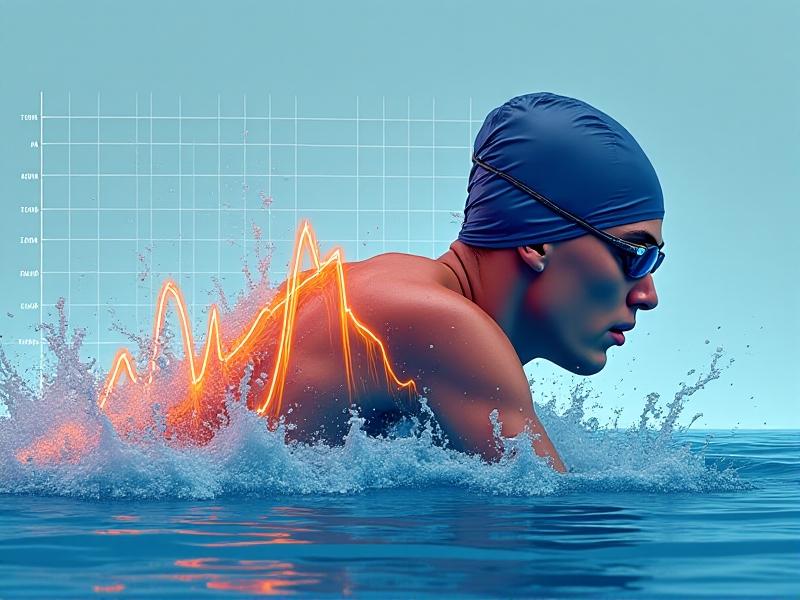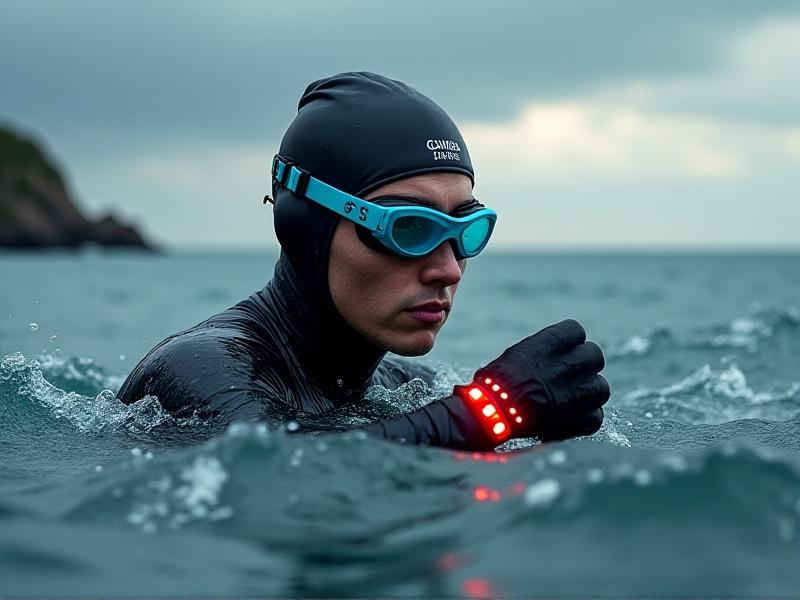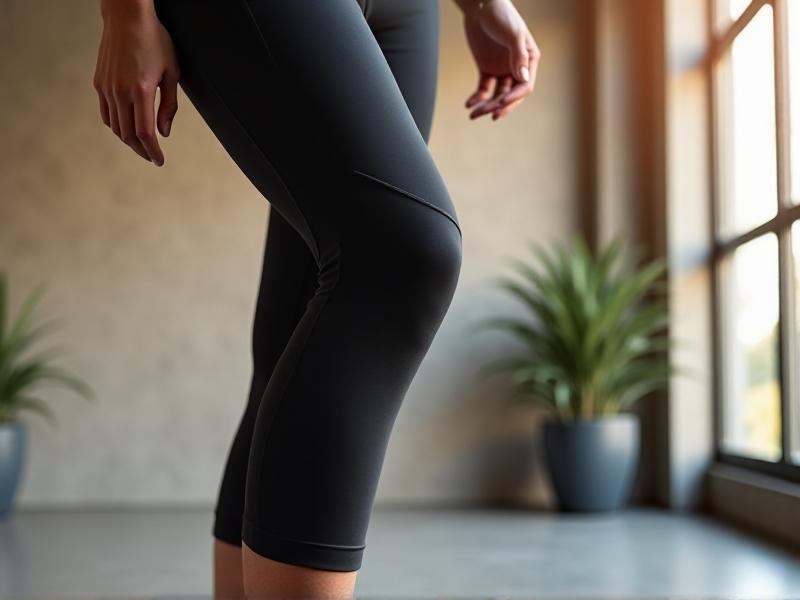Temperature Monitoring Wearables for Swimmers
The Rise of Temperature Monitoring Wearables in Swimming
Swimming has long been a sport and recreational activity where technology plays a pivotal role, from hydrodynamic swimsuits to advanced lap-tracking devices. Recently, temperature-monitoring wearables have emerged as a game-changer for swimmers of all levels. These devices address a critical yet often overlooked aspect of swimming: how body temperature impacts performance, safety, and recovery. Unlike traditional fitness trackers, these wearables focus on real-time thermal data, offering insights that help athletes optimize their training, avoid hypothermia or overheating, and adapt to varying water conditions. As open-water swimming grows in popularity and competitive pools demand precise physiological metrics, temperature-sensing tech is becoming indispensable.

How Temperature-Sensing Technology Works Underwater
Temperature monitoring wearables for swimmers rely on a combination of waterproof sensors, biocompatible materials, and low-energy connectivity. Most devices use thermistors or infrared sensors embedded in wristbands, goggles, or even swim caps to measure skin and ambient water temperatures. Advanced models employ machine learning algorithms to differentiate between core body temperature and external conditions, filtering out "noise" caused by water flow or sudden environmental changes. Data is transmitted via Bluetooth or RFID to smartphones or poolside receivers, often syncing with apps that analyze trends over time. For instance, some devices alert users if their core temperature drops by 2°F within 10 minutes—a key indicator of hypothermia risk in open water.

Enhancing Performance Through Thermal Feedback
Elite swimmers often train within a narrow thermal range to maximize muscle efficiency. Studies show that a 1°C drop in core temperature can reduce stroke power by up to 15%. Wearables like the Swimovate TempTrainer provide live feedback during intervals, helping athletes maintain optimal body heat through adjusted pacing or pre-warm-up routines. Open-water swimmers use devices such as the Core Sensor to gauge acclimatization progress in cold lakes or oceans, while pool athletes leverage historical data to perfect their pre-race thermal preparation—like timing warm-up laps to peak their core temperature just before a race starts.

Safety Applications: Preventing Hypothermia and Overheating
In 2023, a UK triathlete credited her Garmin Dive wearable for alerting her to a 3°C temperature plunge during a lake swim, prompting an early exit that likely prevented severe hypothermia. Such incidents underscore why brands like COROS and Suunto now integrate shiver-detection algorithms alongside temperature tracking. For pool swimmers, overheating risks exist too—especially in heated therapy pools or high-intensity sessions. The Oura Ring Swim Edition vibrates if skin temperature exceeds 102°F, signaling dehydration or metabolic stress.

Top Temperature Monitoring Wearables for Swimmers in 2024
1. Swimovate Presion Temp : Designed for competitive pools, it samples temperature 20x/second and integrates with FINA-approved starting blocks. 2. Garmin Swim 3 : Combines GPS水温 tracking with a heatstroke risk index based on sweat rate and water temp. 3. COROS Apex Aqua : Open-water specialty device using fiber-optic sensors resistant to saltwater corrosion. 4. Noora Health Band : Budget-friendly option focusing on elderly swimmers’ safety in therapy pools.
The Future: Smart Fabrics and AI-Driven Thermal Adaptation
Researchers at MIT’s Ocean Engineering department are prototyping a swimsuit liner with microfluidic channels that adjust insulation based on real-time temperature data. Meanwhile, Start-up ThermoSwim AI is developing goggles that use pupil dilation (a biomarker for hypothermia) alongside thermal readings to calculate safe exposure times. By 2026, expect to see FINA approving suits with embedded graphene sensors that relay data directly to coaches’ dashboards during races.
Case Study: How Olympic Teams Are Using Thermal Data
The Australian national team reported a 0.8-second improvement per 100m after implementing WHOOP’s temperature analytics during altitude training. Sensors revealed that swimmers recovered 23% faster when post-workout ice baths were timed to match their core temperature troughs. Meanwhile, USA Swimming’s open-water squad uses custom algoritmos to predict individual “thermal signatures”—the exact water temps where each athlete’s VO2 max peaks.
Challenges: Accuracy, Durability, and User Adoption
Early models faced criticism for ±1.5°F margins of error—enough to miss early hypothermia signs. Recent advances in military-grade epoxy coatings and MEMS (micro-electromechanical systems) thermostats have reduced errors to ±0.3°F. Another hurdle is ensuring comfort during flip turns; the Finnish brand Hyrd solved this with a behind-the-ear sensor clip. However, 37% of masters swimmers in a 2024 survey still found wearables “distracting,” highlighting the need for better minimalist designs.
How to Choose the Right Device for Your Needs
For lap swimmers: Prioritize devices with flip-turn-resistant securement (magnetic clasps > Velcro) and compatibility with chlorinated water. Open-water enthusiasts should seek GPS integration and emergency SOS features. Parents of youth swimmers might opt for the Patmos Tek SafeSwim, which alerts phones if a child’s temperature dips during prolonged play. Always verify IPX8 ratings and check whether the device logs data offline—a must for ocean swimmers beyond Bluetooth range.







